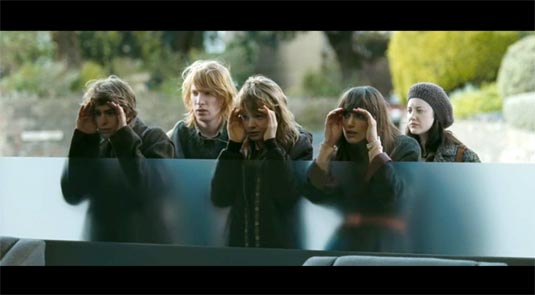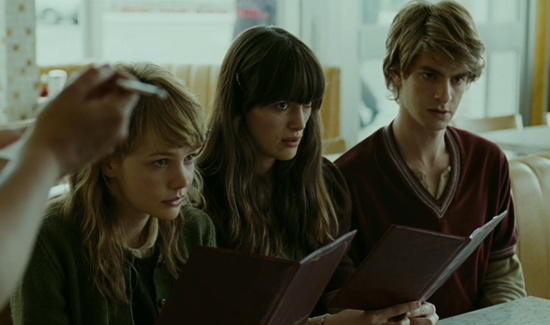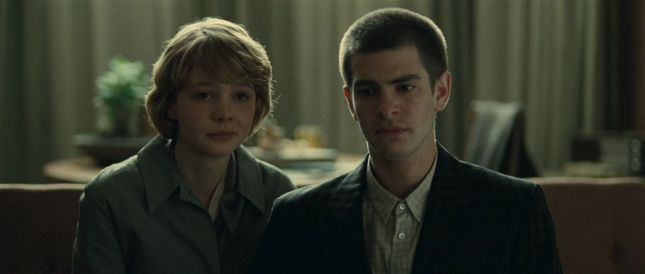We listened to a long (and in my view, very interesting!) podcast of a discussion between Kazuo Ishiguro and a group of his readers a little while ago. Despite the general protestations from some of you at the time, it is starting to seep in that it was a worthwhile exercise. Here is an interview from The Observer where Ishiguro discusses ‘Never Let Me Go’.
From his semi-detached house in suburban Golders Green, in north London, Kazuo Ishiguro has made himself an architect of singular, self-enclosed worlds. His writing traps us inside strange skulls. He spends, he says, around five years on each of his books and the first couple of these years, each time, involves little circumnavigations of the imaginative space of his novel, marking boundaries, testing structures, making himself at home. All of his quietly unsettling, intimate vantages have foundations in the voices that narrate them and he spends a good deal of time, too, ‘auditioning’ these voices, listening to different possibilities, before he settles on one.
The voice of his new, oppressively brilliant novel, Never Let Me Go, is that of Kathy H, who at 31 is looking back on her curious English boarding-school days at a place called Hailsham. Kathy’s world seems so logical and mundane, the surface of her language so steady and familiar, that it takes the reader a little time to discover the disturbing facts of the lives she describes. The first clue comes in her use of simple little euphemisms: she is a ‘carer’, these days, she explains, she looks after ‘donors’ before they ‘complete’; she remains in thrall to the ‘guardians’ who taught her at school.
The full implications of these charged little power relations emerge from her account very slowly. It is, hopefully, not giving away too much of Ishiguro’s meticulous dystopia to say that Kathy and all the rest of the children who were at Hailsham are clones and that their macabre stories expand, in a way Kafka would have recognised, to become a metaphor for all of our lives.
Kathy herself first surfaced in Ishiguro’s notes almost 15 years ago when he had a sense of a book about a group of young people with a Seventies atmosphere. ‘They hung around and argued about books,’ he says. ‘I knew there was this strange fate hanging over them, but I couldn’t work out exactly what it was.’ He used to tell his wife Lorna he was writing a campus novel and she was suitably horrified by the idea. It was only relatively recently, when he was listening on the radio to various programmes about biotechnology, that the particular fate of his sketchy students became clear to him.
Ishiguro is very good at seeing the sinister and chaotic where most of us, including his narrators, might kid ourselves we see normality. In The Remains of the Day he toyed wickedly with English preconceptions about the lives of country houses. Hailsham is an extension of that vision. He did not go to boarding school and his only real knowledge of it comes from the bedtimes when he used to read Enid Blyton aloud to his daughter, Naomi, who is now 13, but he knows exactly what he is on to.
‘Hailsham is like a physical manifestation of what we have to do to all children,’ he says. ‘It is a protected world. To some extent at least you have to shield children from what you know and drip-feed information to them. Sometimes that is kindly meant, and sometimes not.
‘When you become a parent, or a teacher, you turn into a manager of this whole system. You become the person controlling the bubble of innocence around a child, regulating it. All children have to be deceived if they are to grow up without trauma.’
Read the rest here.








